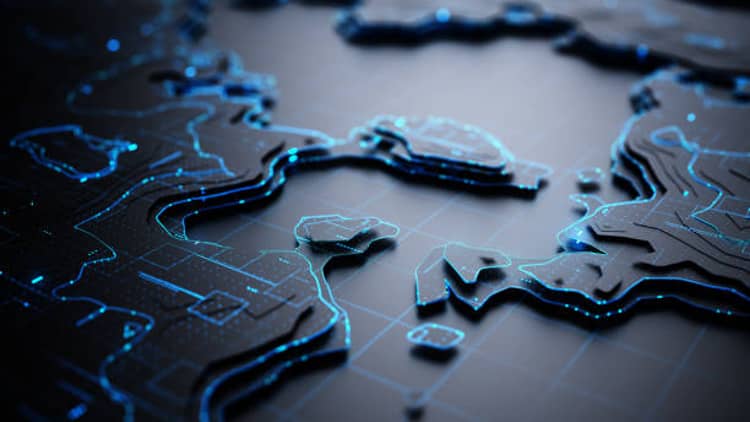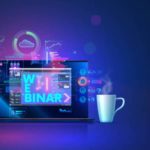
The Internet of Things (IoT) is revolutionizing our lives, from smart homes to healthcare. It offers economic benefits and new opportunities while presenting challenges such as security and privacy. This article explores the impact of IoT on various sectors and makes predictions for its future evolution.
Gaining knowledge about the Internet of Things (IoT)
The Internet of Things, or IoT, represents a monumental leap in technological integration, marking the transition from isolated systems to an interconnected world brimming with possibilities. This complex network of smart devices, from home appliances to industrial machinery, is linked through the Internet, enabling seamless communication and data analysis without human input. As we continue to witness an explosion in IoT-connected devices, infrastructure such as that provided by wireless services in New England is becoming increasingly crucial in supporting the vast data exchange necessary for these sophisticated networks to function effectively. These wireless networks are the backbone of residential IoT implementations and critical enablers of industrial and healthcare IoT solutions, driving a connected future across various domains.
IoT in Smart Homes
The proliferation of IoT within the domestic sphere has ushered in a convenient and intelligent lifestyle, envisaging homes that cater intuitively to the needs of their occupants. Smart homes have devices that provide comfort and efficiency while conserving energy. They also offer cutting-edge security tools. Ultimately, privacy and data security issues must be resolved to realize IoT’s promise in smart homes.
The Economic Impact of IoT
The far-reaching implications of IoT also extend to economic realms, where it catalyzes new value creation. The Internet of Things (IoT) helps businesses to increase revenue by streamlining operations and providing better customer experiences. Macroeconomically speaking, there is a rise in demand for tech-savvy professionals, from data analysts to IoT security experts, who use the Internet of Things to create jobs. The general economic health will continue to improve as more industries adopt IoT technologies and realize the associated cost and efficiency savings. As long as infrastructures can keep up with the exponential growth of this game-changing technology and the workforce can adapt, IoT has the potential to contribute significantly to a prosperous economic future.
Preparing for a Connected Future
In anticipation of a world where IoT is omnipresent, individuals and businesses alike must align themselves with the requisite knowledge and tools. Educational institutions are revising curriculums to include IoT-related subjects, preparing the next generation of professionals to thrive in a connected ecosystem. In parallel, companies are shifting their strategies to incorporate IoT services and platforms, fostering innovation that delivers on the promise of a seamless and interconnected existence. Collaboration between technology providers, industry experts, and governmental agencies is crucial for a well-rounded IoT deployment and management approach. It will pave the way for widespread IoT adoption and innovative solutions leading to intelligent connectivity.
Overcoming the Challenges of IoT Adoption
In its quest for ubiquitous integration, IoT encounters diverse challenges spanning technical, ethical, and regulatory domains. Interoperability issues arise as disparate devices and systems strive to communicate seamlessly, necessitating the establishment of global standards for IoT technologies. Furthermore, with emergent concerns around the sheer volume of personal data IoT devices can collect, robust security measures are essential to prevent breaches and protect user privacy. Policymakers are also grappling with formulating regulations that foster innovation and protect consumer interests. Addressing these challenges is paramount for crafting an IoT environment where benefits are maximized and risks are appropriately managed.
The Evolution of IoT Devices and User Interface
The dynamic interplay between humanity and machines is central to the evolution of IoT devices and their interfaces. As AI-powered devices become more intelligent, human-machine interactions become more natural and intuitive. IoT advancements such as haptic feedback, augmented reality, and voice-assisted controls enhance user engagement, while simplified experiences make IoT accessible to a broader audience.

